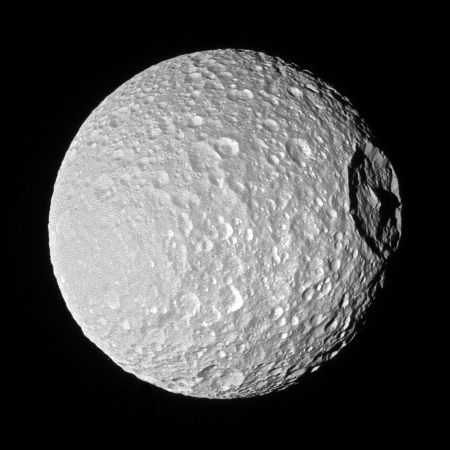Japanese SS-520 rocket launch scrubbed due to weather
The launch of Japan’s new small rocket, SS-520, was scrubbed today due to bad weather.
Japanese officials announced a few minutes before the launch that the flight would be postponed due to bad weather at the space base. Authorities did not immediately set a new launch date.
The SS-520-4 will try to become the smallest rocket to ever put an object in orbit. Its sole payload is the six-pound (three-kilogram) TRICOM 1 spacecraft, a CubeSat from the University of Tokyo designed for communications and Earth observation experiments. Standing 31 feet (9.5 meters) tall and spanning around 20 inches (52 centimeters) in diameter, the SS-520-4 will blast off from a rail launch system and head east over the Pacific Ocean, dropping its lower two stages and payload enclosure into the sea in the first few minutes of the flight.
Primarily funded by a $3.5 million budget provided by the the Japanese government’s Ministry of Economy, Trade and Industry, the SS-520-4 program is a one-off demonstration by Japan’s space agency, which aims to validate low-cost technology and launch operations procedures for a future “nano-launcher” to deploy tiny satellites in orbit on dedicated rides.
The last paragraph is disappointing, but not surprising considering that this rocket is entirely owned and built by the government, which like NASA, routinely builds things and then abandons them, no matter how useful they are. I hope that some private company grabs the design here and runs with it.
The launch of Japan’s new small rocket, SS-520, was scrubbed today due to bad weather.
Japanese officials announced a few minutes before the launch that the flight would be postponed due to bad weather at the space base. Authorities did not immediately set a new launch date.
The SS-520-4 will try to become the smallest rocket to ever put an object in orbit. Its sole payload is the six-pound (three-kilogram) TRICOM 1 spacecraft, a CubeSat from the University of Tokyo designed for communications and Earth observation experiments. Standing 31 feet (9.5 meters) tall and spanning around 20 inches (52 centimeters) in diameter, the SS-520-4 will blast off from a rail launch system and head east over the Pacific Ocean, dropping its lower two stages and payload enclosure into the sea in the first few minutes of the flight.
Primarily funded by a $3.5 million budget provided by the the Japanese government’s Ministry of Economy, Trade and Industry, the SS-520-4 program is a one-off demonstration by Japan’s space agency, which aims to validate low-cost technology and launch operations procedures for a future “nano-launcher” to deploy tiny satellites in orbit on dedicated rides.
The last paragraph is disappointing, but not surprising considering that this rocket is entirely owned and built by the government, which like NASA, routinely builds things and then abandons them, no matter how useful they are. I hope that some private company grabs the design here and runs with it.

